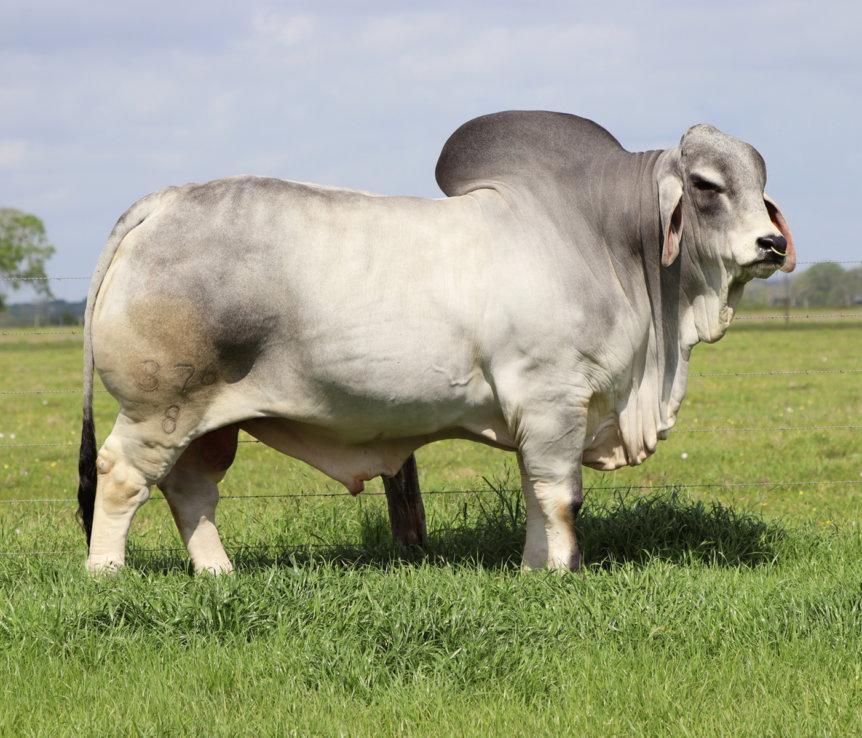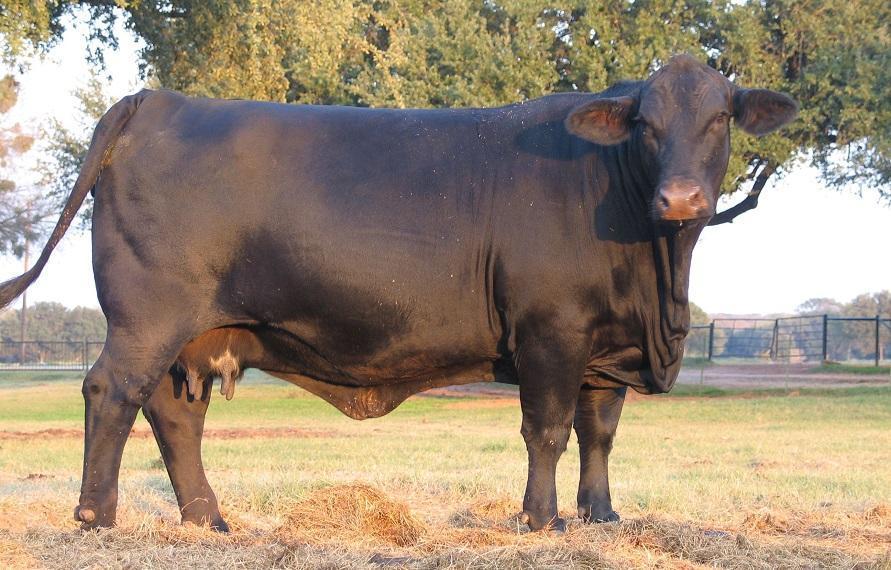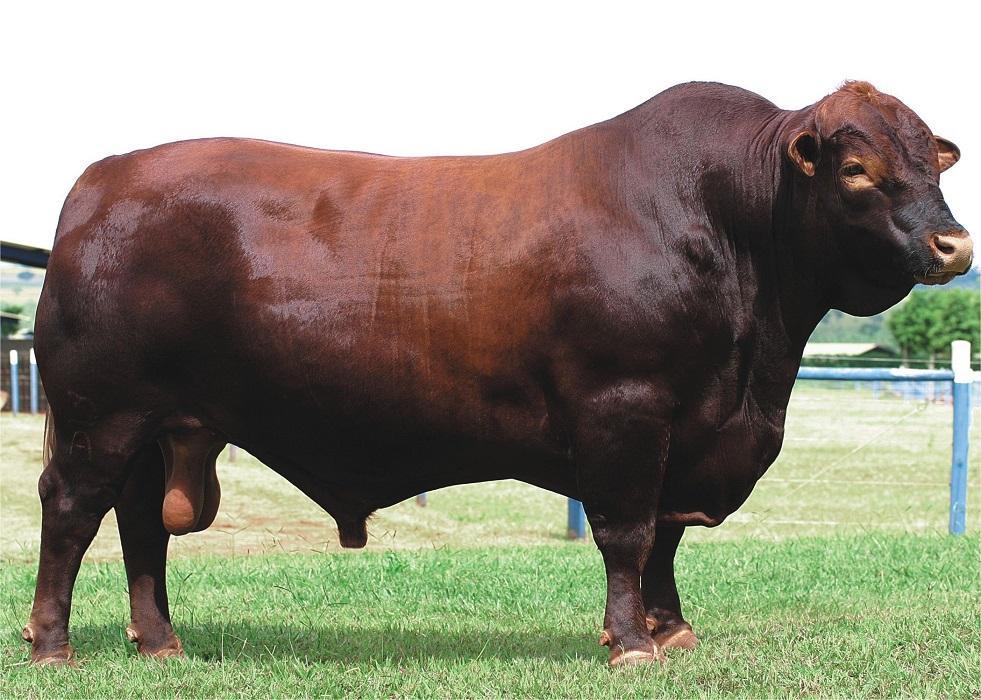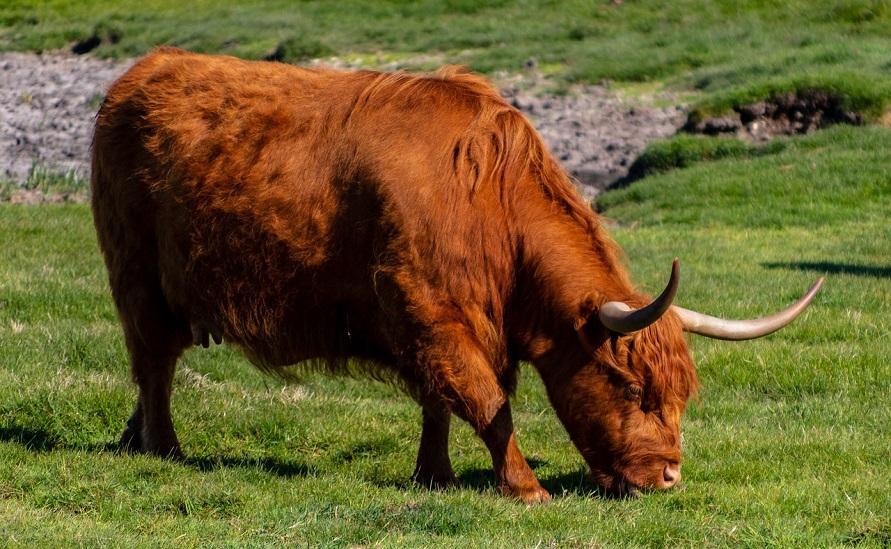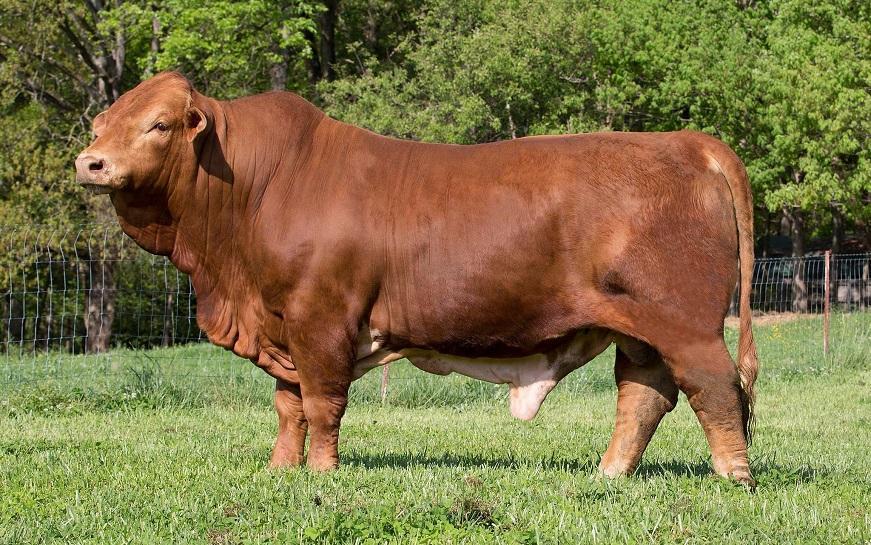Dairy Sheep
While sheep have traditionally been valued for their wool and meat, their milk also holds considerable value. Sheep’s milk is notably high in fat, making it particularly well-suited for making cheese and yogurt. Although all sheep breeds produce milk to some extent, only certain breeds produce enough to meet commercial demands. Though female sheep or ewes generally have short lactation periods (around 80-100 days), breeds reared for dairy purposes can lactate for 120-240 days after giving birth.
Sheep milk is known for its higher fat content (approximately 7%) compared to other dairy animals, such as cows (around 4%) and goats (about 3.5%). Only water buffalo milk has a higher fat content (around 8%). Additionally, sheep milk contains more polyunsaturated fatty acids, like conjugated linoleic acid. Both these factors make it great for cheese making.
List of the Best Dairy Sheep Breeds
| Breed | Average Milk Production per Lactation (in gallons) |
|---|---|
| British Milksheep | 170-240 |
| Awassi | 79-200 |
| East Friesian | 79-160 |
| Assaf | 88-120 |
| Chios | 31-71 |
| Bovec | 57-60 |
| Lacaune | 46-48 |
| Sarda | 32-35 |
| Zwartbles | 26-40 |
| Clun Forest | 18-24 |
Despite the health benefits of sheep’s milk, rearing sheep for dairy purposes remains uncommon. This is primarily because sheep produce milk at a relatively low rate compared to cows and goats. As a result, producing cheese and yogurt from it is not always cost-effective or profitable. Nevertheless, renowned cheeses such as Roquefort and Oscypek are exclusively made from sheep’s milk, which keeps it in high demand.


